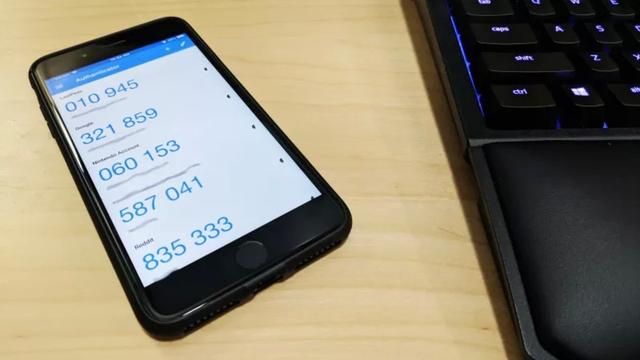Walmart in the U.S., which is doing well, is closely related to Amazon's rival service
Sales of $514.4 billion (56.257 trillion yen, fiscal year ending January 2019), over 2.2 million employees. Walmart, the world's largest retailer, is doing well. The driving force is the EC (electronic commerce) business in the United States. In the period from August to October 2019, sales increased by 40% compared to the same period of the previous year, and the stock price reached a new high since listing. The retail industry has been hit hard by the growth of e-commerce companies such as US Amazon.com, but the retail giant with more than 10,000 stores around the world is finding solutions to compete with Amazon.
Report from the site of "Online Grocery Pickup (OGP)" that drives the company's EC business.
In early December 2019, I visited the food supermarket "Walmart Neighborhood Market" in the state of Arkansas in the southern United States. The store is located in Pea Ridge, a town about 20 minutes by car from Walmart headquarters. Around 10:00 a.m., the store was sparsely populated with shoppers, but several clerks wearing vests with logos pulled carts carrying eight blue boxes and took products from the shelves. I put them in boxes one after another.
This is work for Online Grocery Pickup (OGP), which is driving the growth of Walmart's e-commerce business. OGP is a service where you order online and pick it up at the store. Customers use a dedicated app to select the store they want to pick up in advance, and select the time of day they want to go. Just like normal e-commerce, select products such as milk and vegetables in the app and pay for them. When the designated time comes, park the car in the store's dedicated parking space, and the store clerk will bring it to the trunk.
Walmart calls the person who picks up items ordered via the app at the store a “personal shopper.” What kind of work do you do at the store? On this day, one of Pea Ridge's personal shoppers, Mr. Peytin, showed me his work.
On this day, Peitin was in charge of daily necessities and foods that can be stored at room temperature. She leaves the room where she keeps the items she picks up and puts 8 blue boxes on her cart. Of these, six blue boxes are labeled with barcodes containing order information. The other two should be left empty, as Peitin says, "to put items that don't fit in."
Hold a dedicated device in your hand, push a cart with a plastic bag or tape on it, and go to the farthest shelf from the storage. The terminal displays a picture of the product, the number of the shelf where the product is placed, the number of orders, the product name and size, and so on.
According to the instructions displayed on the terminal, take the product from the shelf with "Coca-Cola Cherry Flavor" and scan the barcode. After putting it in a plastic bag, scan the barcode on the blue box and put it in the box. When finished, the next product is displayed on the terminal, so the process of searching for the next product on the shelf while advancing the cart, scanning the barcode again, and putting it in the box is repeated.
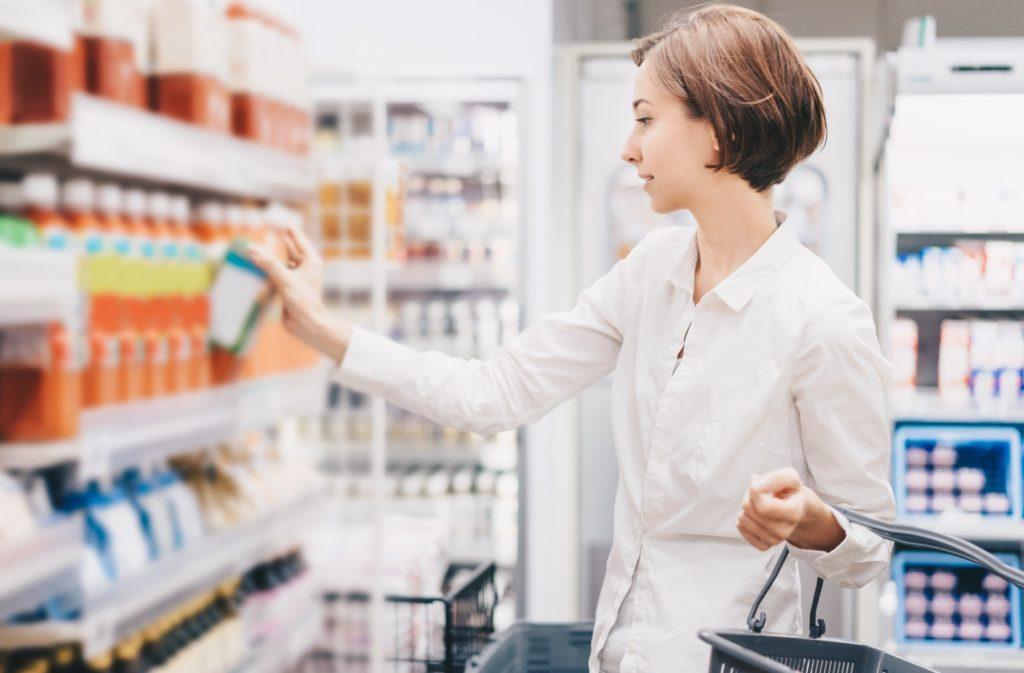
It takes about 5 seconds from finding the item to putting it in the blue box. If I accidentally scanned the same thing twice, I got an alert and had to start over.
"Are you looking for something? Butter is here." When she notices that a customer passing by in the aisle while collecting products seems to be looking for something, she calls out and guides him to the shelf. I didn't forget to serve customers.
Sometimes I stop in front of the shelf and compare the photos with the products on the shelf. "Because there are various sizes." Check carefully and pick up the correct one. Products are displayed in an order that takes into consideration the position of the products in the store, and you can pick them up according to the direction of travel, which is efficient. It took about 30 minutes to put 50 items in the basket and returned to storage.
It is said that the storage room was created by renovating the place where the service counter was originally located. There is a door that leads to the parking lot, from which customers are picked up when they arrive. In addition to the shelves, refrigerators and freezers are lined up, and frozen foods are placed.
The vault has a door leading to the parking lot
OGP started in March 2019 at the Pea Ridge store. It is said that 70-80% of OGP orders are from repeaters. In general, there is a demand to pick and choose perishables such as vegetables and fruits, compared to standard daily necessities, and it has been pointed out that this is a barrier to the spread of online supermarkets. .
"We try to get medium-sized perishables," says store manager Jessica Kirk. However, some repeat customers "may tell us that they like bananas with more sugar spots, for example, or vice versa," says Kirk. It is said that such preferences will be remembered and used next time. "That's what a personal shopper is," said Kirk proudly.
(Nikkei Business Yoko Shoji)
[Nikkei Business electronic edition, reconstructed article from January 7, 2020]

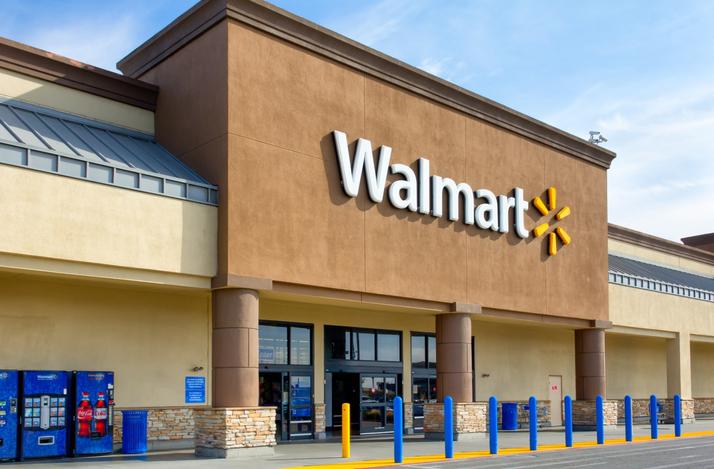
![10th generation Core i5 equipped 9.5h drive mobile notebook is on sale at 50,000 yen level [Cool by Evo Book] 10th generation Core i5 equipped 9.5h drive mobile notebook is on sale at 50,000 yen level [Cool by Evo Book]](https://website-google-hk.oss-cn-hongkong.aliyuncs.com/drawing/article_results_9/2022/3/9/4a18d0792cae58836b71b9f591325261_0.jpeg)
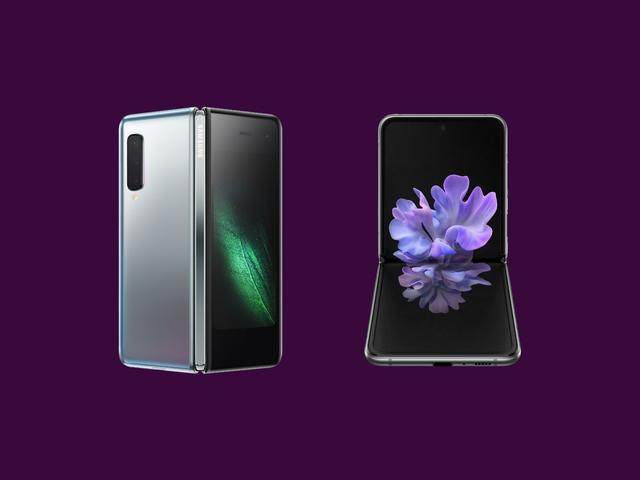

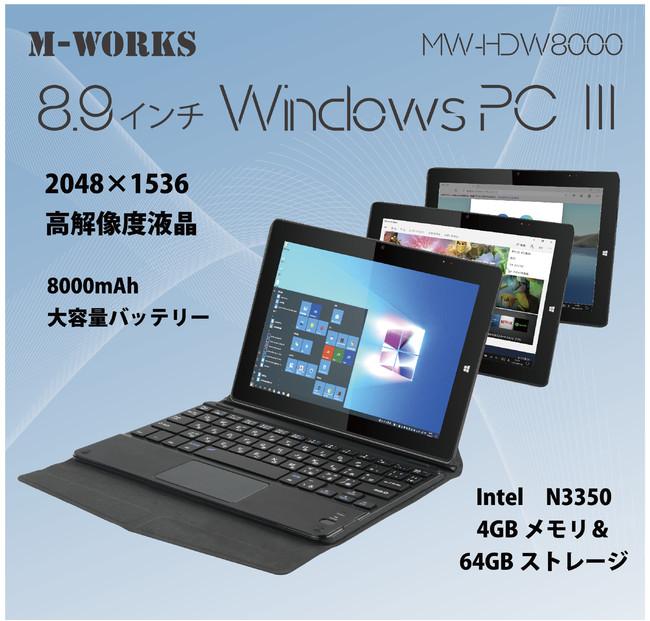
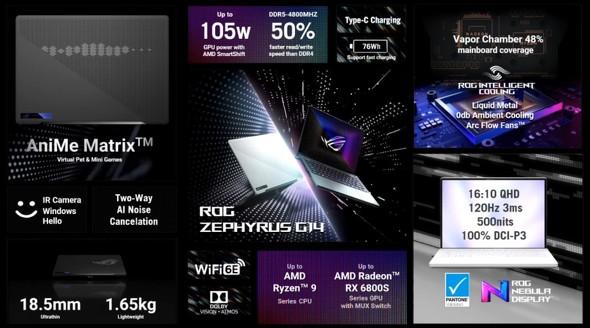
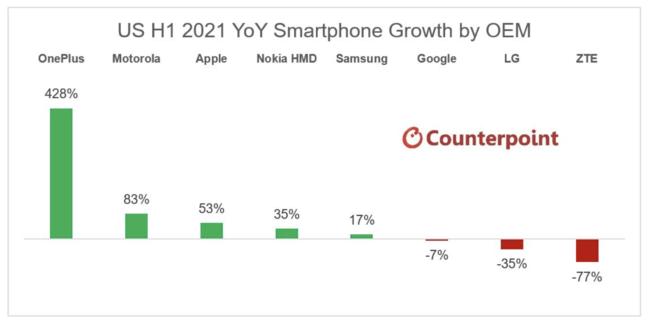
![[Amazon time sale in progress! ] 64GB microSD card of 1,266 yen and wireless earphone with noise canceling function of 52% off, etc. [Amazon time sale in progress! ] 64GB microSD card of 1,266 yen and wireless earphone with noise canceling function of 52% off, etc.](https://website-google-hk.oss-cn-hongkong.aliyuncs.com/drawing/article_results_9/2022/3/9/c88341f90bab7fe3ce1dc78d8bd6b02d_0.jpeg)
